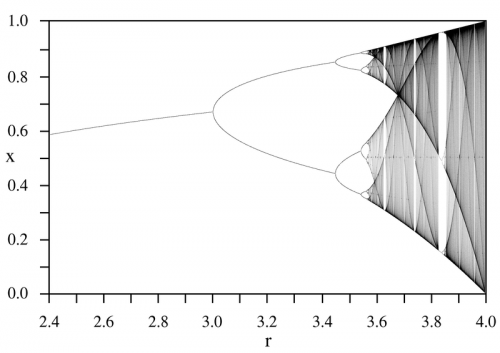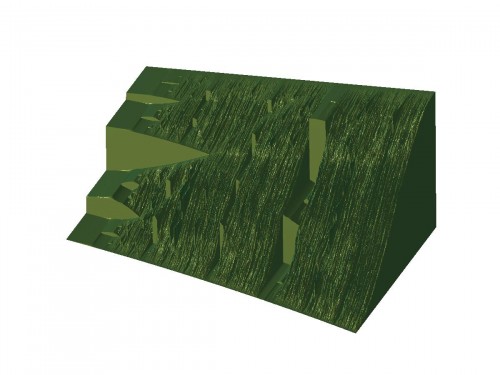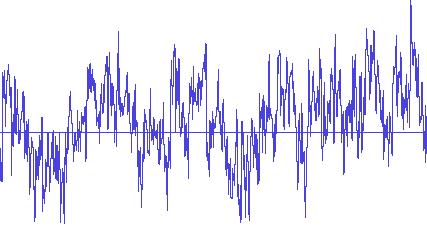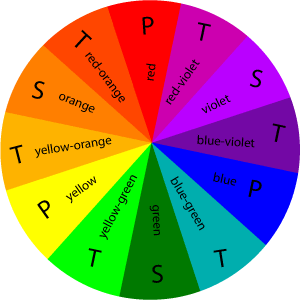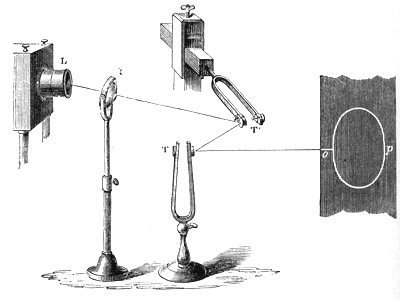ABX Testing and the Heisenberg Uncertainty Principle
Sunday, March 29th, 2009ABX testing is a form of audio testing where two components (A and B) are carefully matched with respect to level, some means is included to at will switch between the two during the course of a musical passage, and the listener is completely unaware of which is which (X). This is the “de facto” standard for serious audio testing. It is an excellent approach in principle, however there is a serious flaw: it only allows for the detection of gross differences due to the relatively brief samples involved.
The Heisenberg Uncertainty Principle in its most common form states that:
$$\Delta x\Delta p\geq \frac{\hbar}{2}$$
Where $$\Delta x$$ is the uncertainty in position, $$\Delta p$$ is the uncertainty in momentum, and $$\hbar$$ is Plank’s constant divided by $$2\pi $$.
There is another form that gives the same relationship for energy and time:
$$\Delta E\Delta t\geq \frac{\hbar}{2}$$
Where $$\Delta E$$ is the uncertainty in energy and $$\Delta t$$ is the uncertainty in time.
What does this have to do with ABX testing you may ask? Well, nothing actually, as the principle does not apply to the macroscopic world due to the extremely small value of Plank’s constant. However, it provides insight to the issue of ABX testing. I propose that there is a similar relationship between the perceived difference and the listening interval. Let’s denote this as follows:
$$\Delta \varepsilon \Delta \tau \geq k$$
Where $$\Delta \varepsilon$$ is the uncertainty of the listener as to whether a difference exists or not, $$\Delta \tau$$ is the interval during which the listener compares the two components, and $$k$$ is is a listener-dependent constant (i.e. it is larger for “tin ears” and smaller for “golden ears”).
The bottom line is that a given listener will be able to detect finer and finer differences between two components over time. This means you really have to “live” with a component for some time to appreciate the subtle differences between it and another component. Unfortunately, it is very difficult to be objective with a long term test such as this, but I have no doubt that somebody will ultimately figure out a way of doing it.

